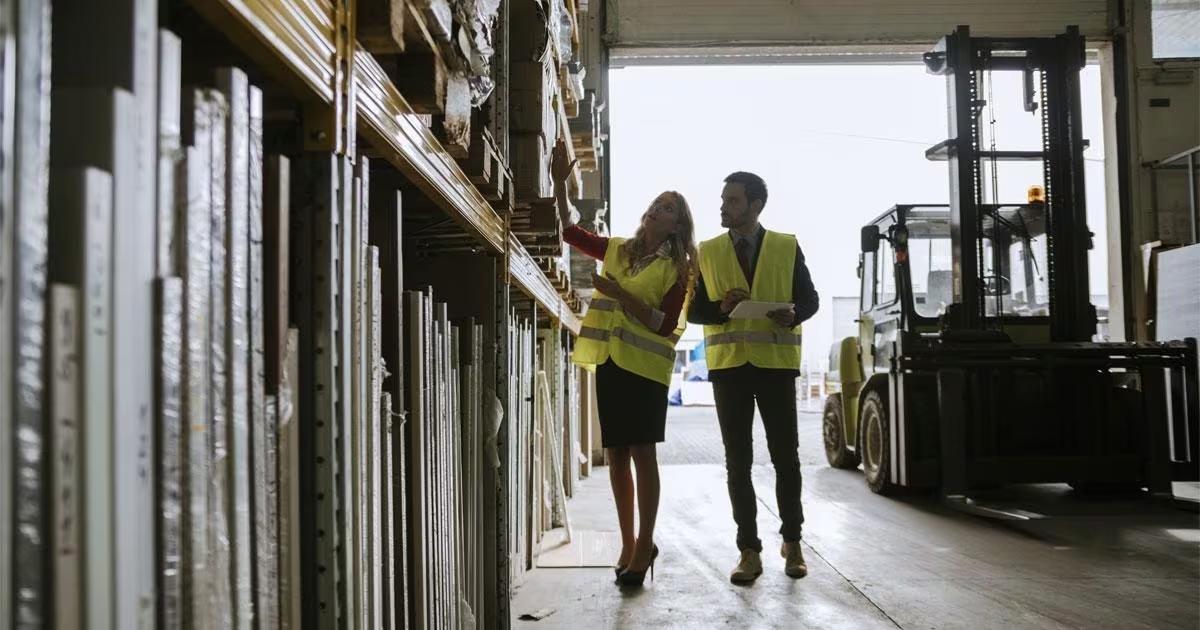A guide is abetting one through a certain journey with added knowledge and value in order to make one understand the pros, the cons and the considerations associated with the subject and then take a step to what works best for them.
This blog spot is the guide that will help you to understand equipment leasing comprehensively, and help you choose the best practice for the organisation substantially. Let us get through the topic and understand.
What is equipment leasing and key points:
Equipment leasing is renting or borrowing a system, machinery, vehicles or furniture in exchange of finances from a specific organisation is equipment leasing. When you choose to lease an equipment, you get into a contract with the organisation to whom you are bound to pay in exchange for the services provided. This contract may range for years, usually for three, seven or ten.
Equipment leasing is less expensive than purchasing equipment, probably this is the reason why equipment leasing is preferred over buying. Understand, the fact is buying or investing in an equipment is a matter of time. There is always a new and updated version of machines and technology available in the market, and there is genuine need for you being 2a part of a growing and flourishing organisation to cope with the market trends. Thence, leasing it is always a better option. Besides, it offers peace of mind.
What are the pros and cons of equipment leasing?
Pros
- Cost effectiveness. Equipment leasing is highly cost effective. Purchasing machines or other equipment for the company can certainly hamper the budget of the company to some extent, in contrast, leasing equipment can be a budget friendly and suitable option. Besides, there is always a huge cost reduction when you lease, as there is low maintenance cost involved.
- Update it when you need it. The industry is full of newer, better and time saving technologies, companies that are growing and even successful find a need of constant upgradation which is not possible or even suitable for companies who buy equipment rather than leasing it.
- May offer tax benefits. Equipment leases often make one eligible for tax credits. Lease equipment payments are tax deductible.
Cons
- Penalties. One major disadvantage of equipment leases is the penalties that are paid under the cancellation of contract. If under certain circumstances the company decides to end the contract, there’s a price to it.
- Limited range. The most recorded problem of asset leasing is the range of products is quite limited, which is a major disadvantage.
What are the best practices that will help you make the most out of your leasing arrangement?
Here’s key points of things that must be taken into consideration:
- Before you lease or take a step ahead, the first thing you need to do is understand the needs of the company. One must undergo a thorough research of the type of equipment to lease and their rank and reviews in the industry.
- Choosing “the one” is important. Here’s why, before you invest in a company and bind yourself to a contract to ensure that you know well about the company and reviews in the market, this would surely work in the long run.
- Understand. Understand the terms and conditions of leasing and payment terms, penalties, before opting for any company. It is crucial that you read and understand the contract better before signing it.
- Negotiate. This is the most important step, you can obviously negotiate wherever required.
Conclusion:
Leasing equipment can be a real game changer. Company leasing equipment is always in profit and the reasons are mentioned above.
Leasing is an affordable and appropriate option in the long run as it is cost effective, technological growing and comes with various other benefits that purchasing might not offer.





Leave a Reply